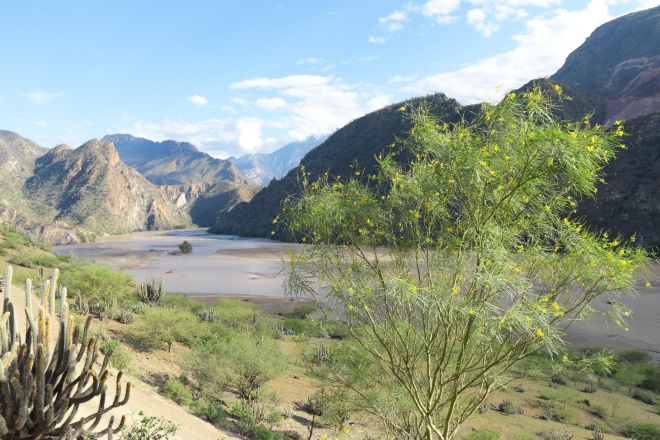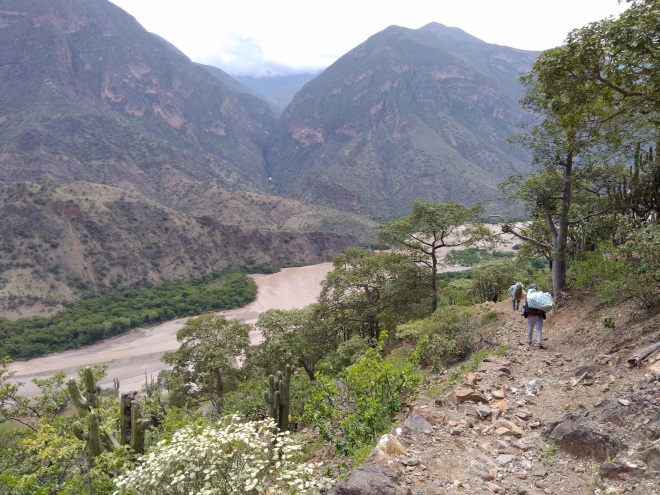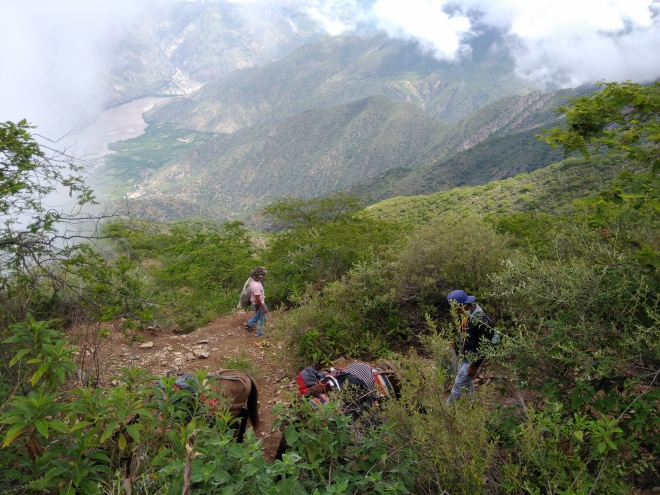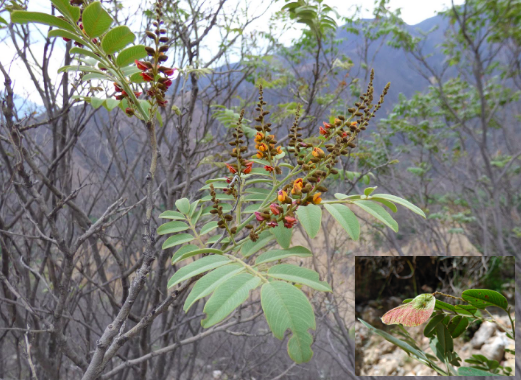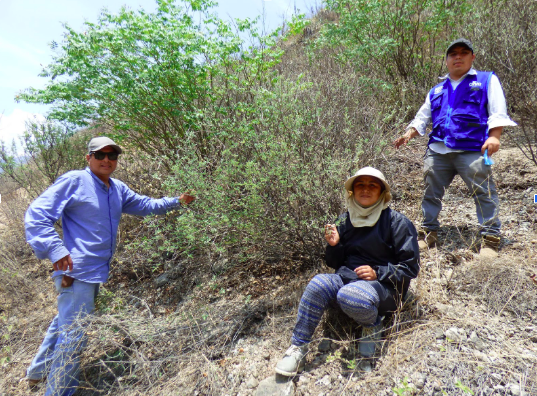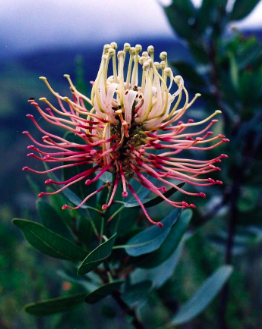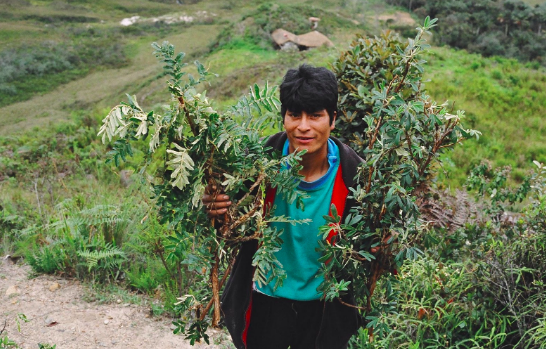The Marañón is globally important for wildlife, endemic plants and agrobiodiversity; and for Amazon fish, it is a key spawning ground. Yet it is also a region of extreme poverty undergoing extensive degradation through deforestation and fires, and is threatened by multiple dams.
The valley is culturally central to many indigenous groups, like the Awajún. Fierce ancient tribes such as the Chachapoyas ‘cloud forest warriors’ repelled even the great Inca civilization. Beyond the Marañon lie the forest-swathed ruins of Kuelap and Gran Pajatén and many other lost cities. With this rich history, the valley has some of the highest concentrations of prehistoric rock paintings in Latin America.
Rainforest Concern is focused on the unique Marañón dry forests, working in partnership with Royal Botanic Gardens Edinburgh, and through this project with Marañón Waterkeeper and Sociedad Peruana de Derecho Ambiental (SPDA). The goal is to find economically sustainable solutions that protect the ecosystem, biodiversity and its local communities.
Botanical knowledge and usage underpins the development of alternative income streams through sustainable agricultural diversification, ecological restoration, and increasing national protection, in line with Peruvian governmental strategies.

